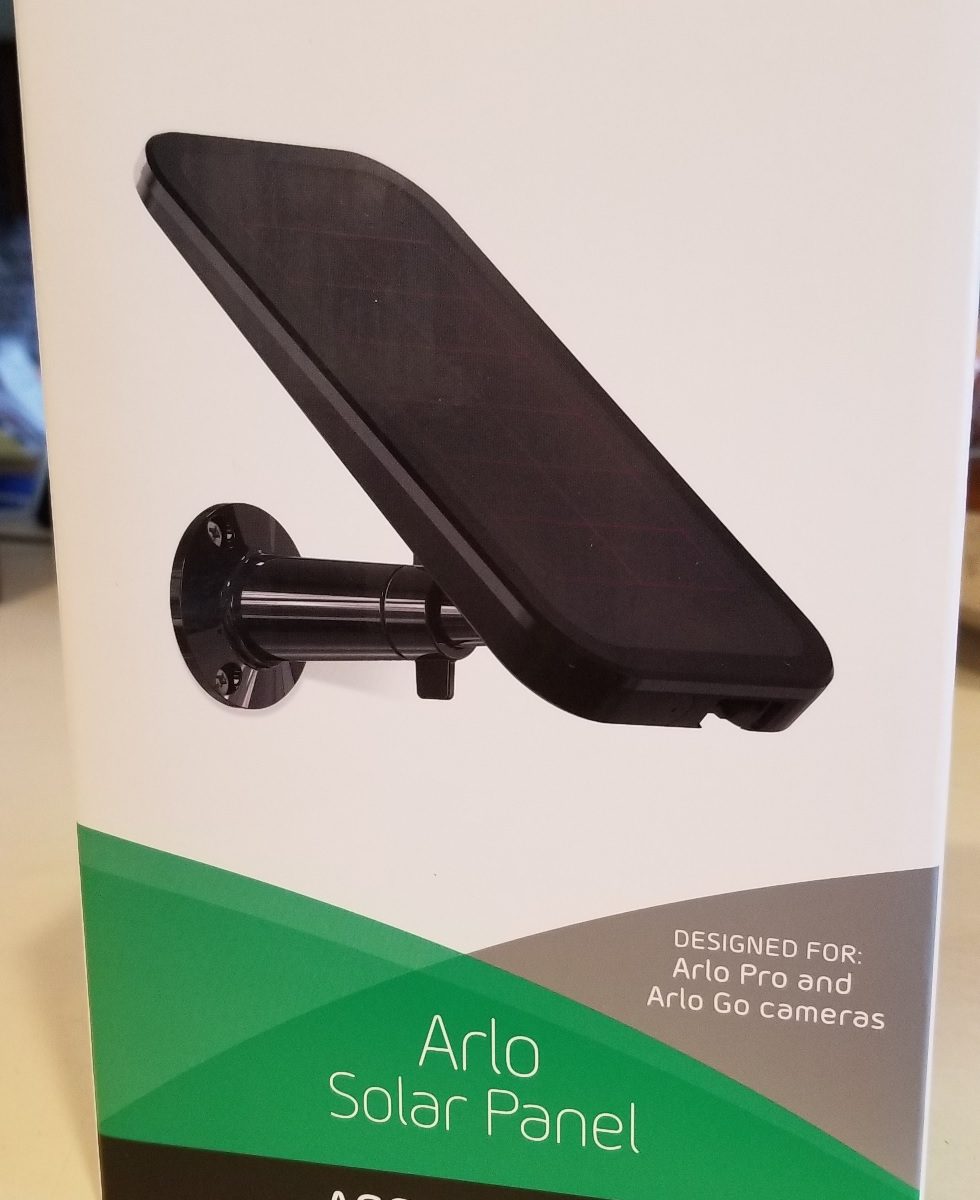In my last post (HERE), I showed how to grab data from RFLink but also determined that because of issues I had with arrays (and with some exceptions that shouldn’t have happened), I wouldn’t include RFLink in the final version of Project Mercury.
Continue reading “Project Mercury Part III: Putting Everything Together”







